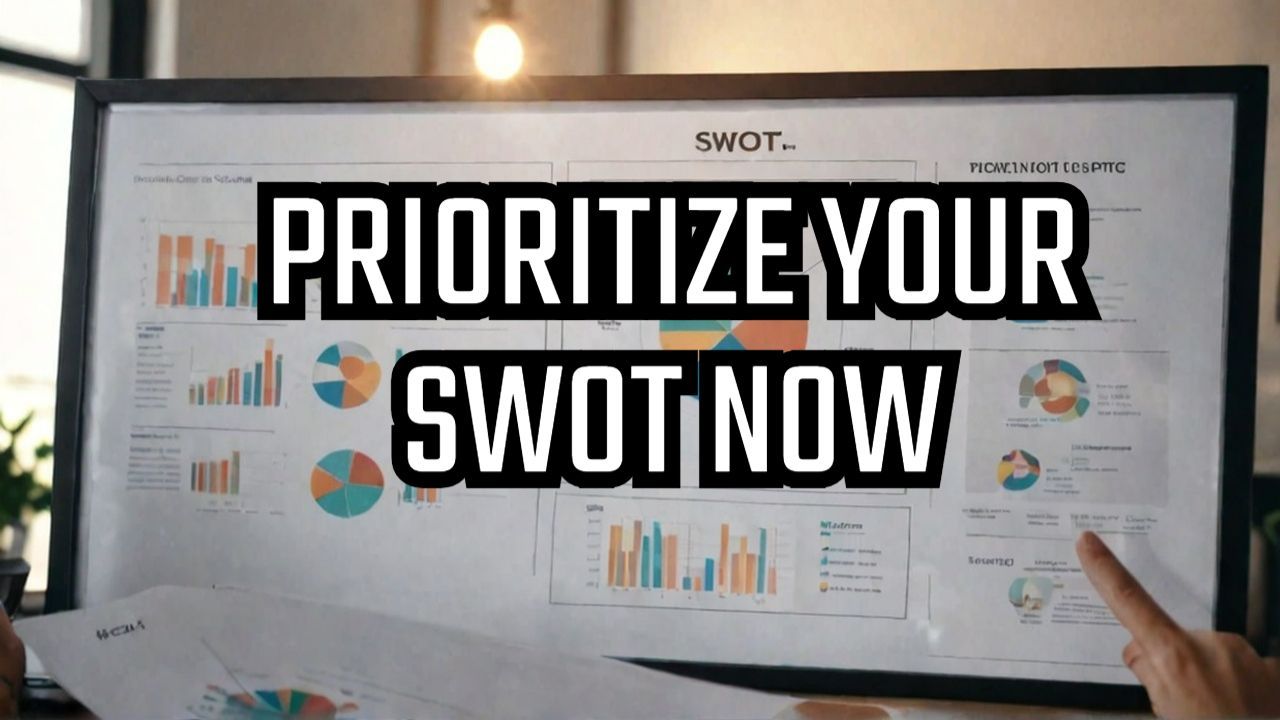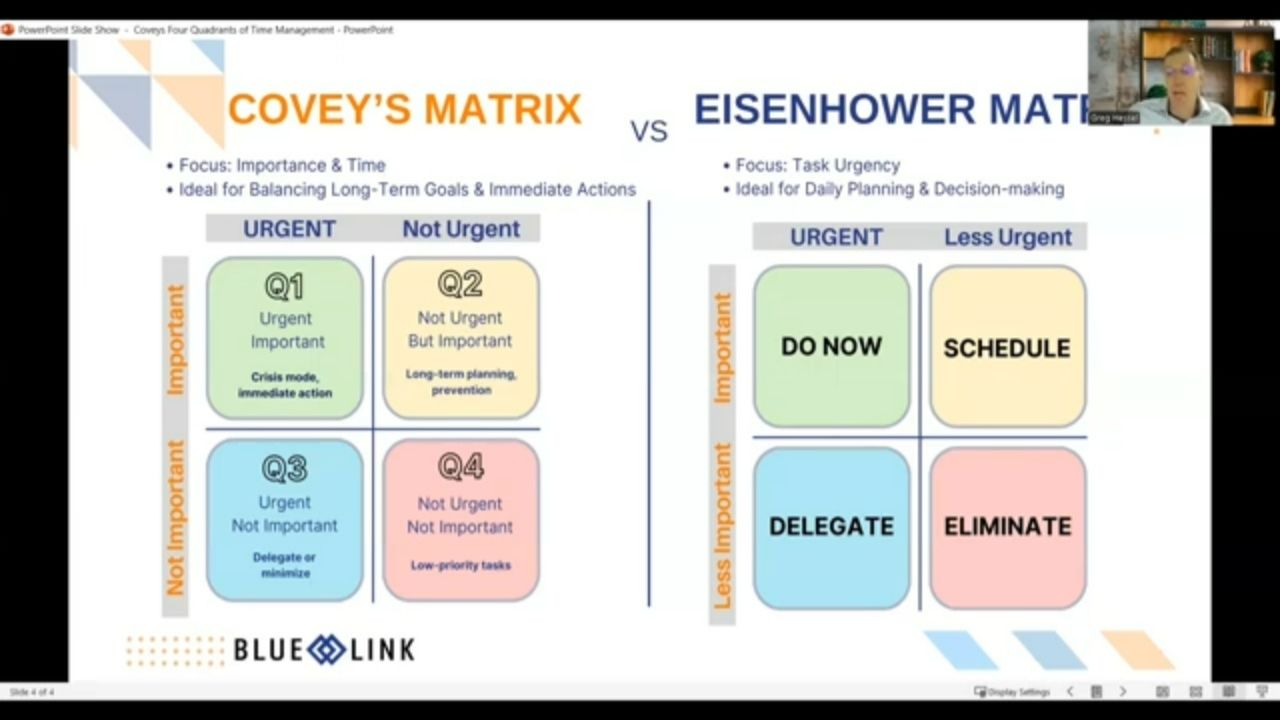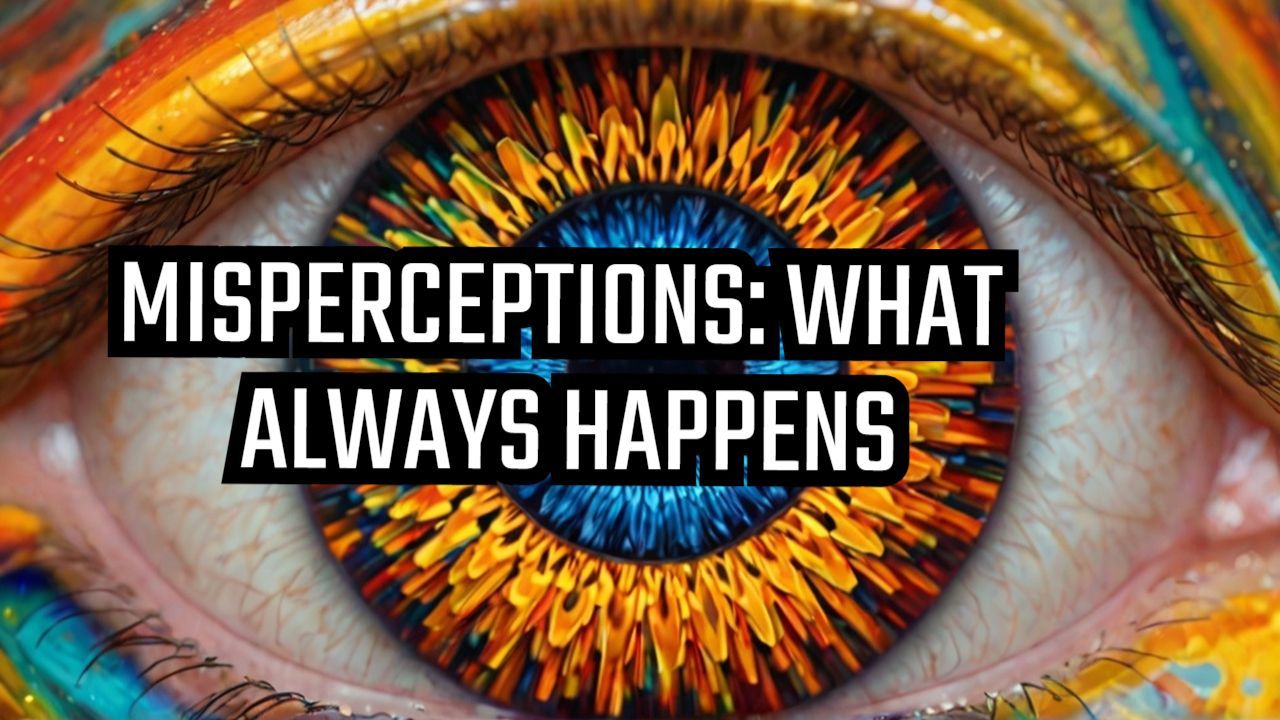Strategic Planning: Writing a Good Vision Statement
7 Mistakes to Avoid

Most strategic plans include updating the mission and vision statements. While these might seem like straightforward tasks, a lot can go wrong. While good vision statements are clear, concise, and inspiring, it is easier to get a clear and inspiring paragraph (not concise) or inspiring but fuzzy (For example, “We are going to delight our customers every day in every way” sounds good, but what does it really mean?). Here is a list of the seven most common mistakes to avoid in developing a vision statement.
1. Making it too long. Typically, if it is more than a sentence, people won’t remember it. And a compound run-on sentence is not a workaround. Keep it short.
2. Including data to prove the vision is needed. Data is not inspiring.
3. Including fuzzy language that sounds good.
4. Using clear language that is too technical or bureaucratic. “Improving the liquidity ratio by 15% over the next 18 months” might be a good SMART goal, but it is not a vision.
5. Including language that is both fuzzy and uninspiring. I once had a client whose vision was to build “decent housing”. “Decent” is neither clear nor inspiring.
6. Forgetting who the vision is for. While on the one hand, it is for employees; if it doesn’t inspire customers, it may not be the right vision.
7. Not speaking to people’s emotions. People are motivated by emotions, not facts.
Every few months I produce a free newsletter. No Spam. Unsubscribe anytime.
For a taste, view the archives
SUBSCRIBE
Blogs and vlogs are sorted by topic at the bottom of each service page
STRATEGIC PLANNING
CHANGE MANAGEMENT
CONFLICT MANAGEMENT
TEAM BUILDING
ASSESSMENTS
EXECUTIVE COACHING
IMPROVING EFFICIENCY
BOARD DEVELOPMENT




